We want you to share Forests News content, which is licensed under Creative Commons Attribution-NonCommercial-ShareAlike 4.0 International (CC BY-NC-SA 4.0). This means you are free to redistribute our material for non-commercial purposes. All we ask is that you give Forests News appropriate credit and link to the original Forests News content, indicate if changes were made, and distribute your contributions under the same Creative Commons license. You must notify Forests News if you repost, reprint or reuse our materials by contacting forestsnews@cifor-icraf.org.
In Southeast Sulawesi, Indonesia, a slight figure emerges from the forest carrying a 100 kilogram bundle of poles with a tumpline looped over his head. He has spent three weeks in the bush, loosening the grip of the climbing palm on old-growth trees, peeling off its hooked spines, and starting it off on a journey that would typically see the canes weaved into furniture for distant verandas.
Indonesia is the world’s largest rattan producer, accounting for 70 percent of total recorded production and home to more than 300 species, although only a handful have commercial value. Until 2022, rattan harvesters, village collectors and cane processors in Sulawesi and Kalimantan made a good living catering to international markets. Then, global demand for their products dropped, throwing the entire local supply chain into disarray.
Harvesters have shown remarkable resilience by turning to furniture-making for domestic markets, which act as a buffer providing them with an alternative source of income,
“Harvesters have shown remarkable resilience by turning to furniture-making for domestic markets, which act as a buffer providing them with an alternative source of income,” explains Ahmad Dermawan, a former scientist with the Center for International Forestry Research and World Agroforestry (CIFOR-ICRAF) who has investigated rattan supply chains in Central and Southeast Sulawesi and in Central Kalimantan.
To realize the economic potential of domestic markets and ensure they are both profitable and sustainable, he says, subnational governments can support the sector in two crucial ways: by building the capacities of smallholders as craftsmen and businesspeople, and by systematically monitoring local trade flows to understand who produces what, where.
To understand current rattan value chains, and what they mean for the livelihoods of smallholders, the researcher conducted household surveys, key informant interviews and focus group discussions across 14 villages and seven subdistricts, reflecting a variety of perspectives in production and trade—in Kalimantan, rattan mostly comes from gardens, whereas in Sulawesi it is harvested from natural forests.
He also interviewed subnational government representatives to shed light on the policy environment at the provincial and district levels. What he found has implications for both local livelihoods and the future of rattan yields across the islands.
The need for trade monitoring
Confusion around the status of rattan as a non-timber forest product as opposed to an agricultural commodity means that, in practice, there is no systematically-collected data on the rattan supply chain in the Central Kalimantan district of Barito Selatan.
Many see rattan as a forest product that should be overseen by the provincial forestry service, whilst the latter says it is cultivated in communities’ land and should be under the relevant office at the district level.
“What that means is there is no record of the amount of rattan harvested in the district and precisely where it has been collected, so there is no proper traceability,” says Dermawan. Some villages do jot down rattan sales at the request of the district, but databases are neither systematic nor digitized.
Rattan is rooted in ancestral cultural values, is highly resilient to environmental and economic shocks, and has flexible harvesting times, making it an important source of emergency cash for families. It is also readily available, fast-growing and an alternative to wood products.
Although households earn money from a variety of commodities, rattan tends to be the only source of income for collectors-processors— that is, the individuals who collect canes from various harvesters and process them to make them more resistant and better suited for high-quality, durable furniture. Also, where rattan is grown in family gardens, both men and women are fully involved at all stages of the supply chain.
“District governments would do well to consider paying attention to rattan, because it is an important source of income and a safety net for a lot of people,” says Dermawan. “Admittedly, that will take a fair amount of coordination, but one needs to start somewhere and the time is now.”
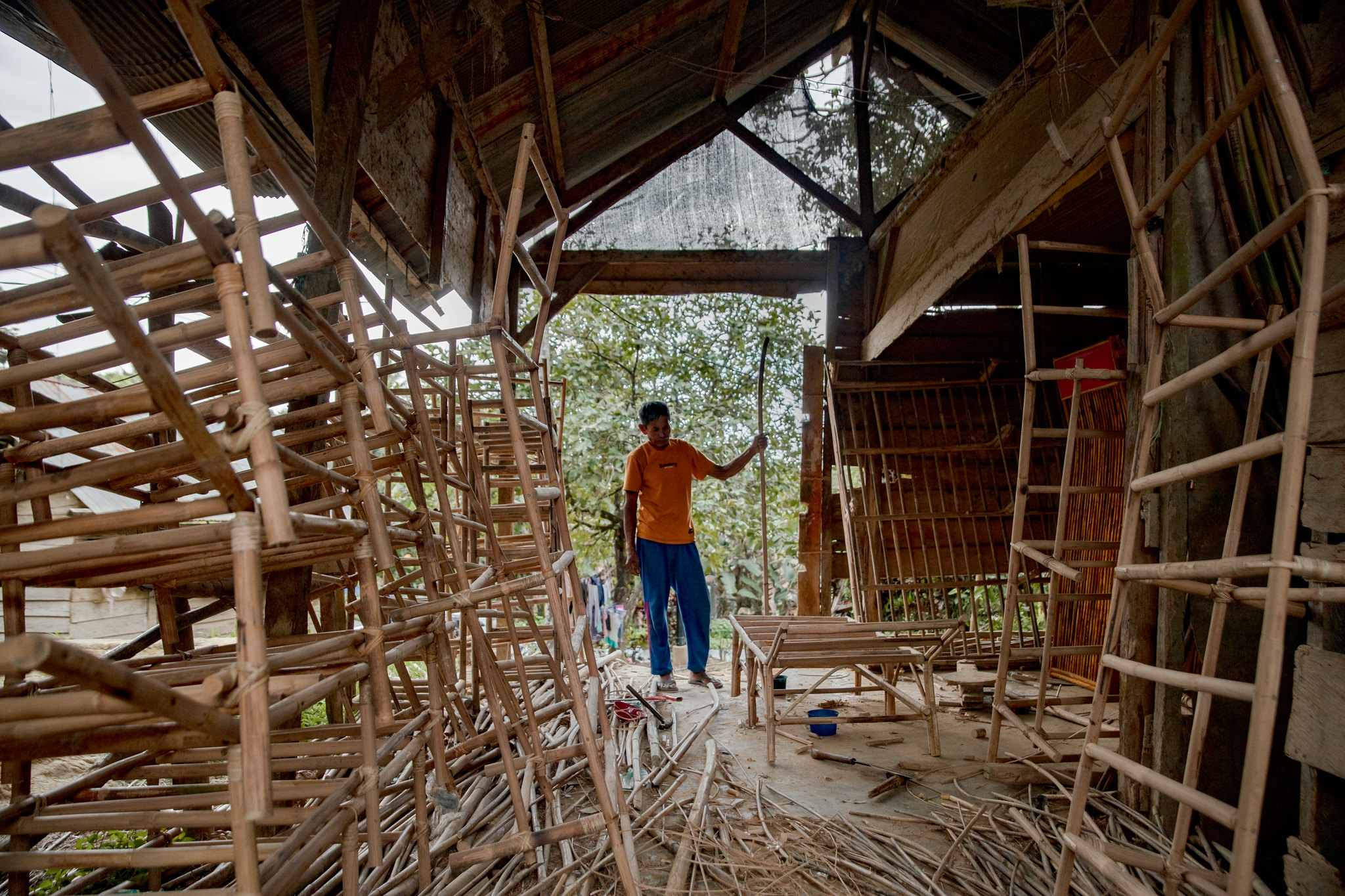
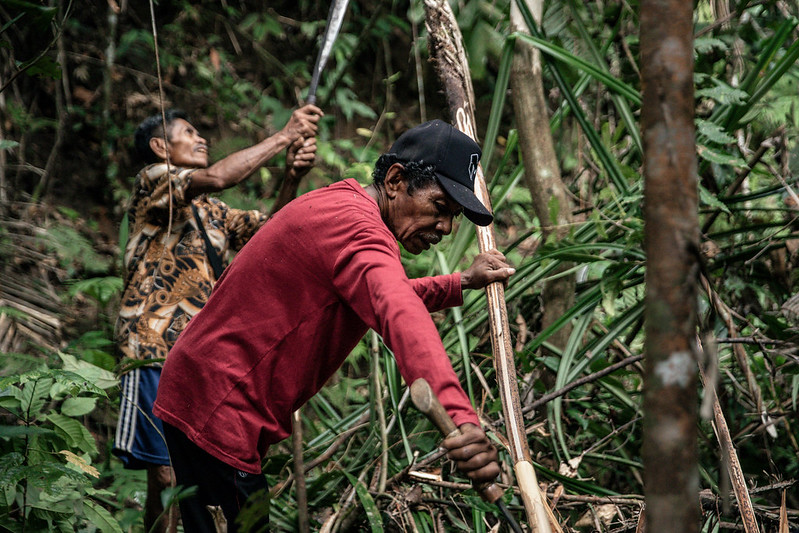
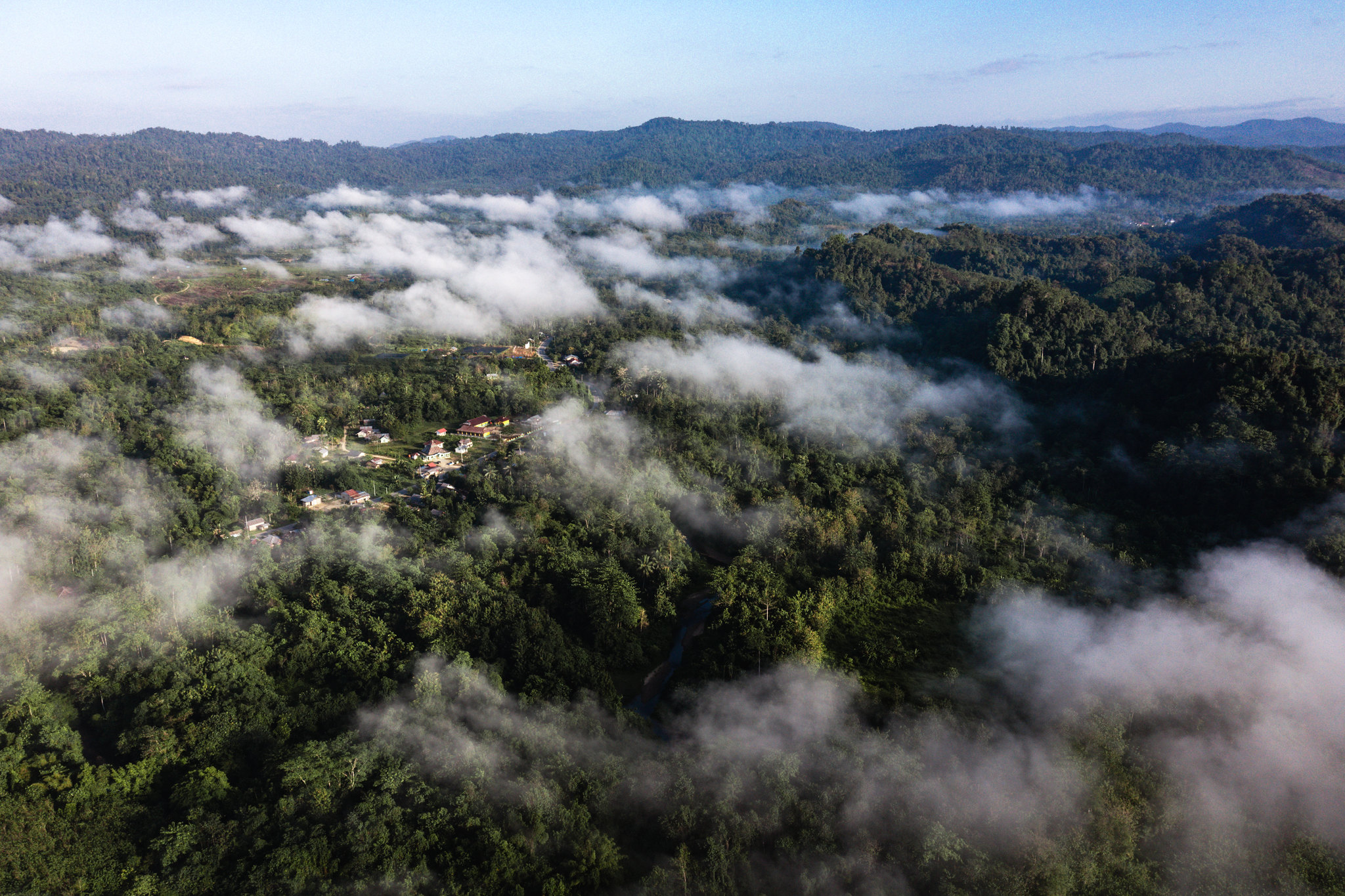
Sustainable rattan markets
The decline in the demand for rattan in studied areas has been sharp, and can be partly attributed to economic woes in end markets such as Europe. In Central Sulawesi, a major collector-processor said his shipments have fallen by 75 per cent; in Southeast Sulawesi, another interviewee has shipped no rattan since early 2022.
In response, harvesters in Sulawesi are increasingly turning to producing simple furniture items or handicrafts in their villages, then selling them alongside main roads connecting various islands.
Alternatively, they sell their harvest to local furniture makers, earning IDR 4,000 (USD 0.25) per pole as opposed to the IDR 9,000 (USD 0.60) they used to earn from collectors. Their income has dwindled, but their ability to quickly adapt to the new situation means the money keeps flowing.
However, a trend that emerged as a reaction to the drop in international rattan orders might be here to stay—and that has implications in terms of livelihoods and the future availability of the resource.
According to Dermawan, harvesters-turned-craftsmen could greatly benefit from district government-sponsored training programs in furniture making and business planning, which would help them improve the quality of their products and expand their markets domestically.
In parallel, the current economic revival presents an opportunity for authorities to plan for a potential comeback of international orders, which would increase the pressure on the natural resource to previously unseen levels. Improving information and monitoring for trade policies on rattan commodities, says Dermawan, would be a first step towards a more resilient, and sustainable, future.
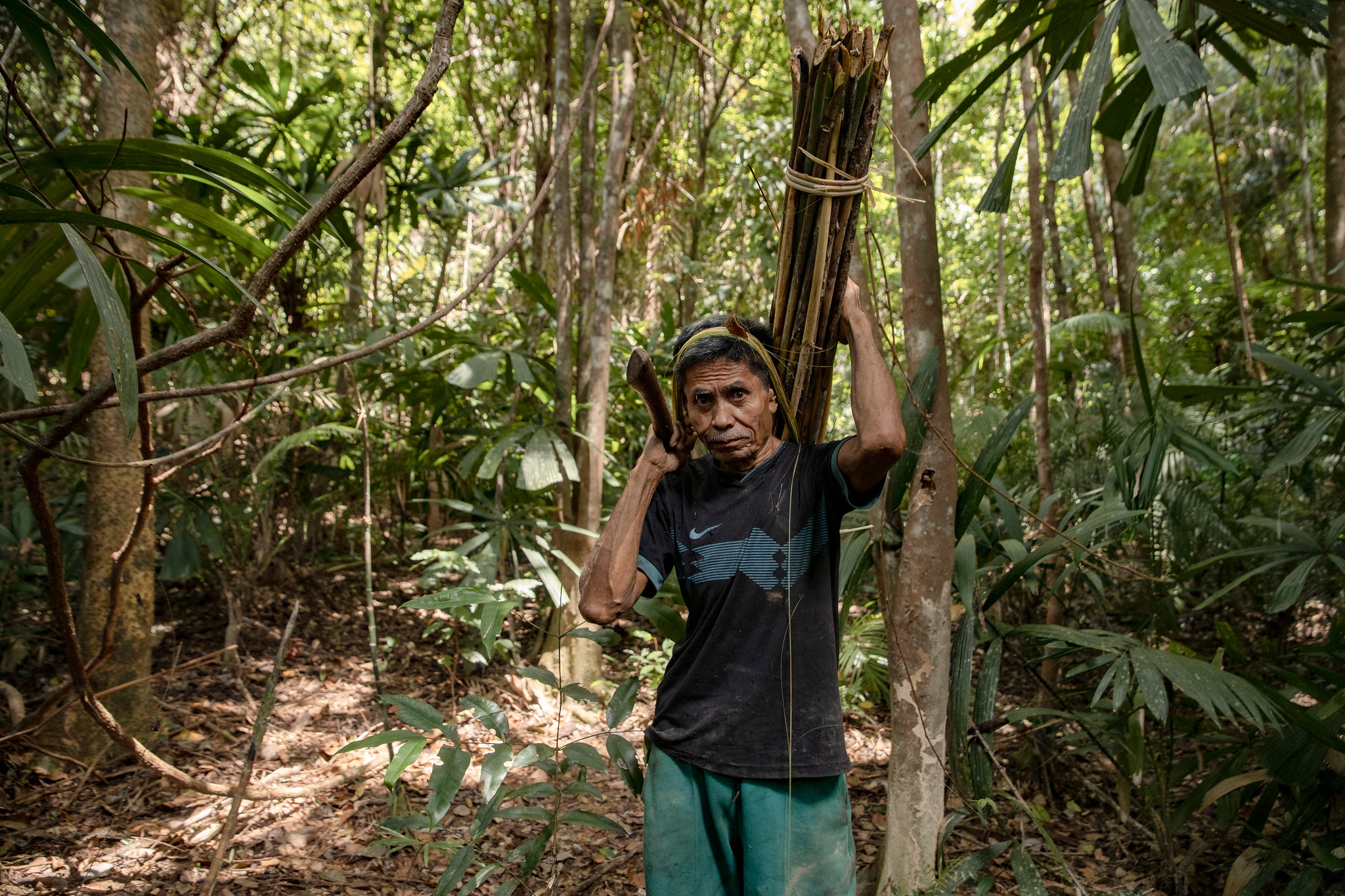
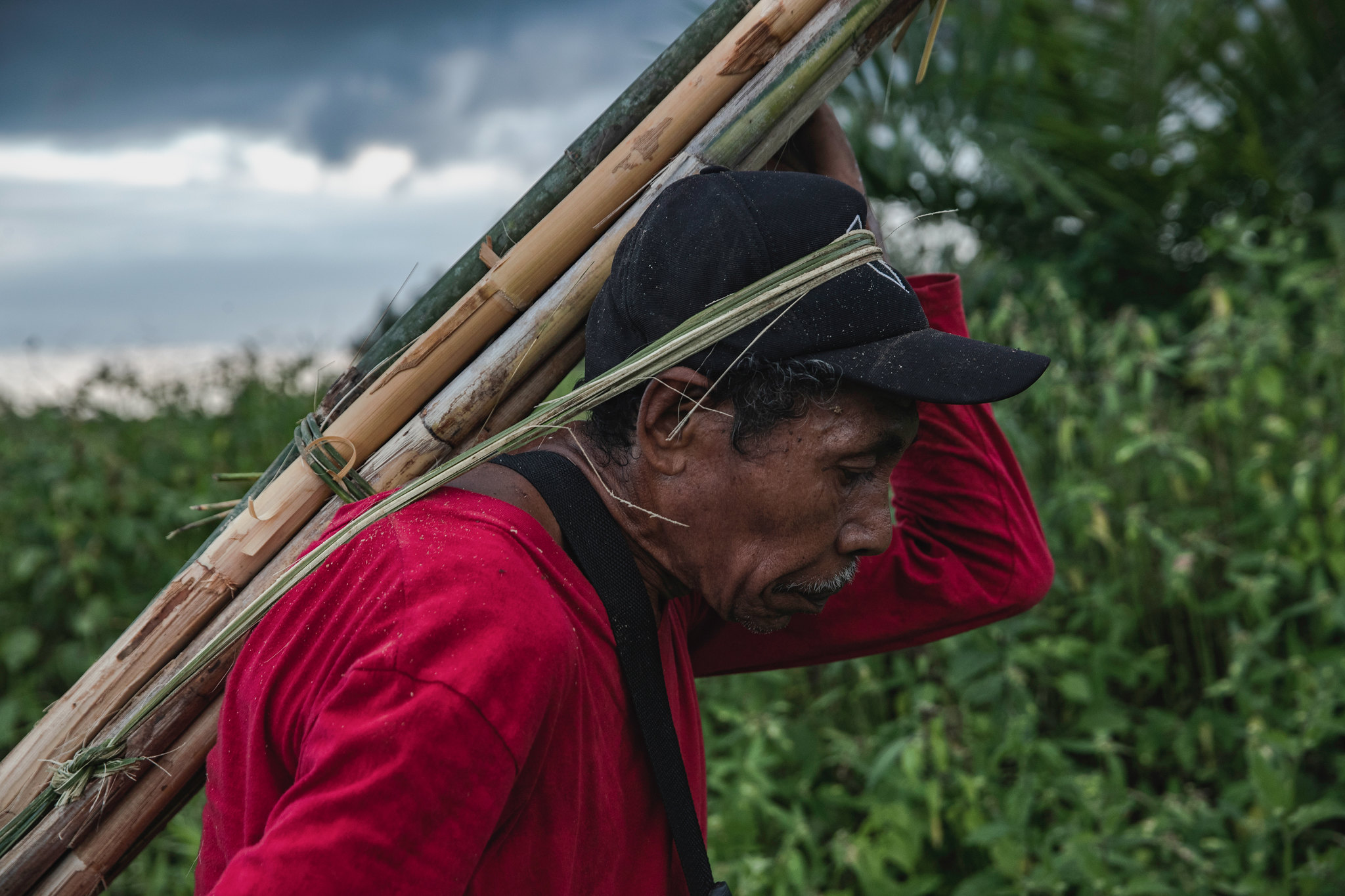
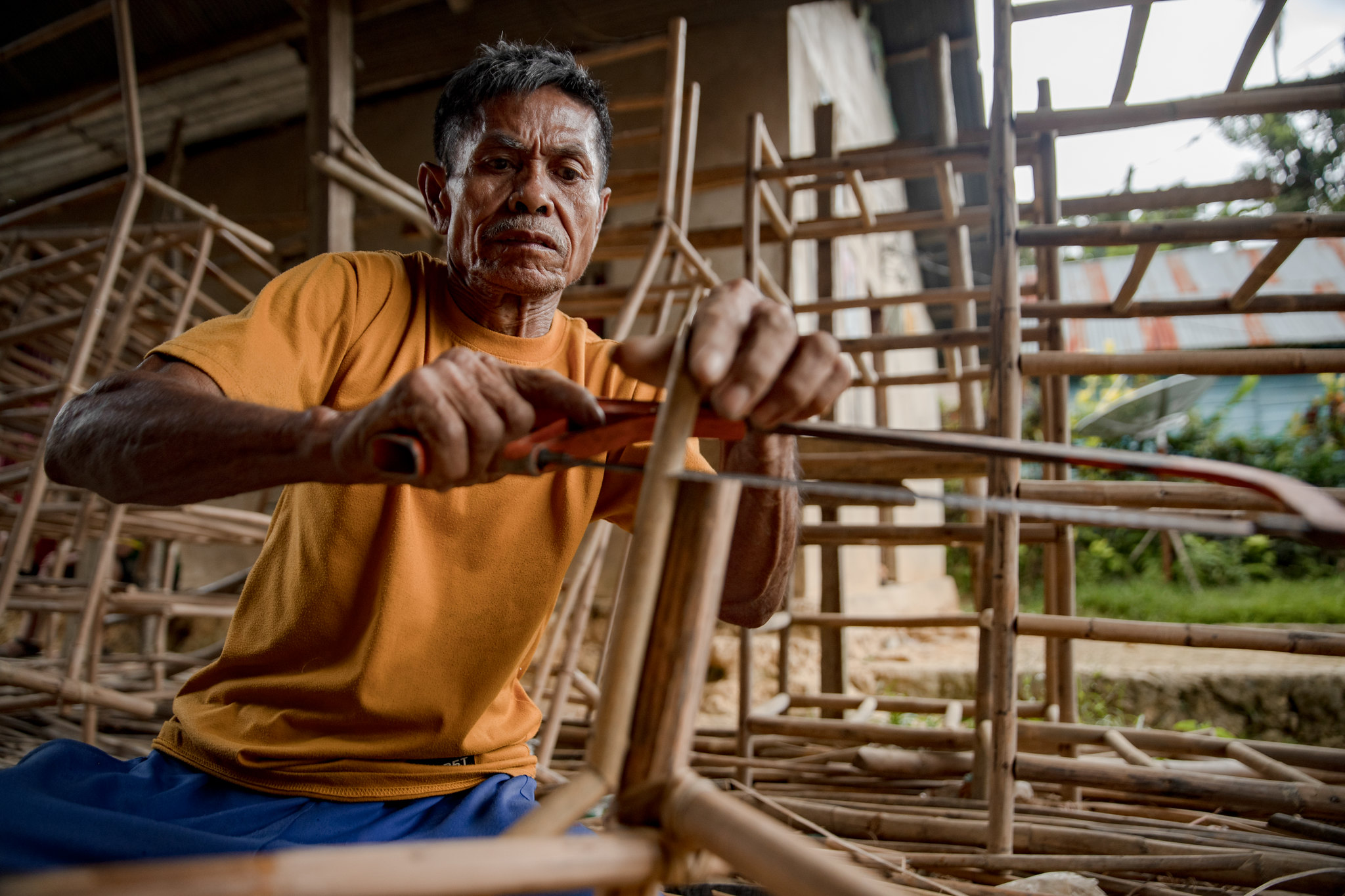
Story development: Gloria Pallares | Video production: Aris Sanjaya | Web design: Gusdiyanto | Publication coordination: Budhy Kristanty
We want you to share Forests News content, which is licensed under Creative Commons Attribution-NonCommercial-ShareAlike 4.0 International (CC BY-NC-SA 4.0). This means you are free to redistribute our material for non-commercial purposes. All we ask is that you give Forests News appropriate credit and link to the original Forests News content, indicate if changes were made, and distribute your contributions under the same Creative Commons license. You must notify Forests News if you repost, reprint or reuse our materials by contacting forestsnews@cifor-icraf.org.




